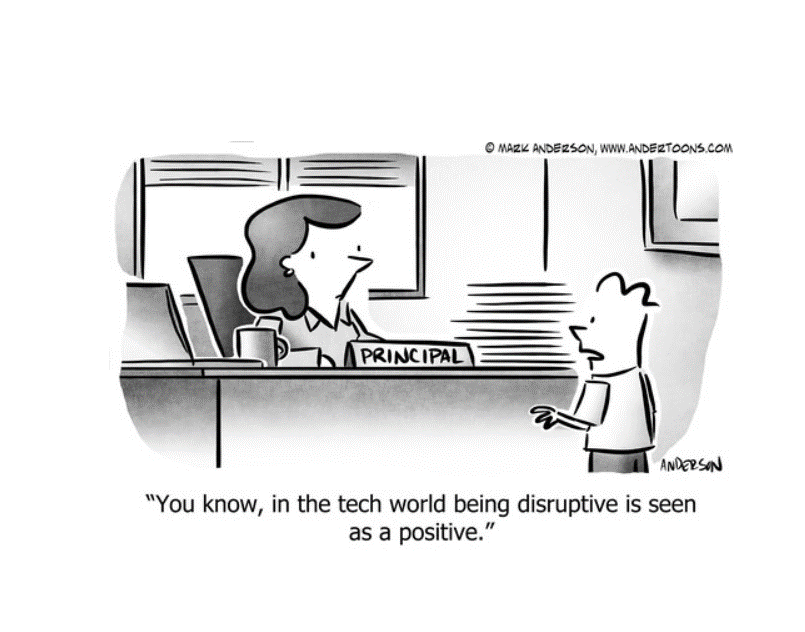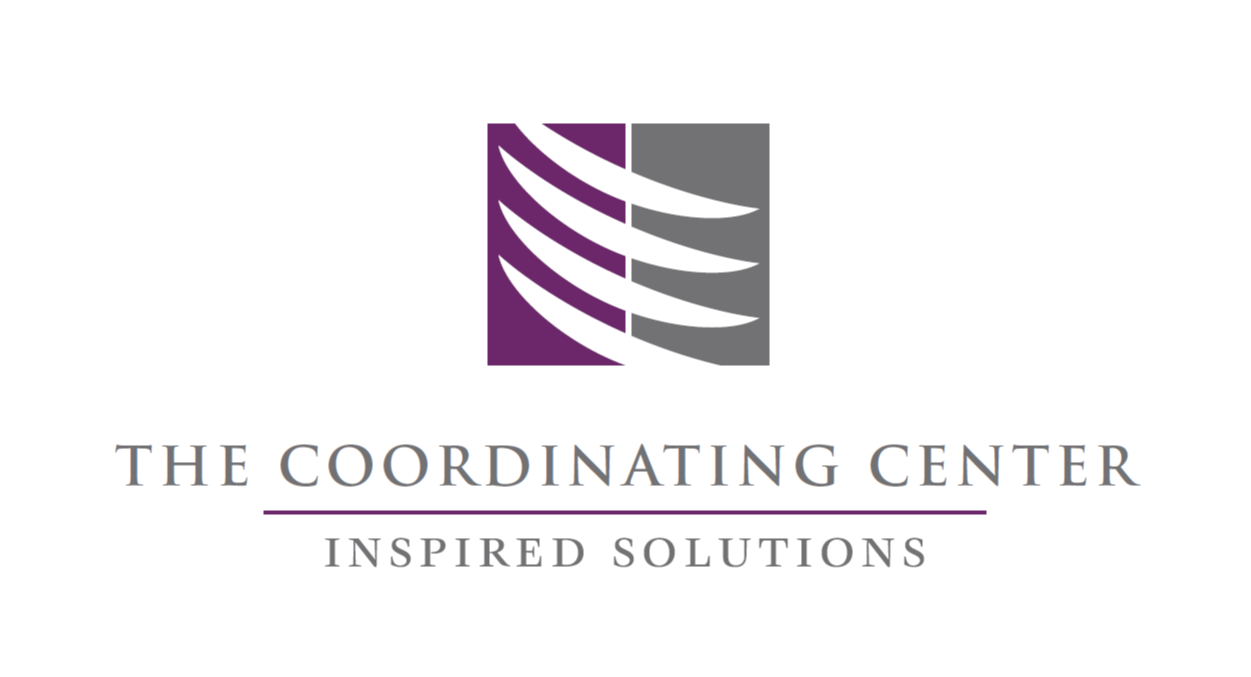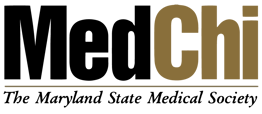
As DPS grows, taking on more and more clients, so does our team!
Over the past few weeks, we’ve added several new faces to our world-class Service Desk. We’d like you to meet them…
|
Derek Merrell Service Coordinator |
Maureen Lee Service Coordinator |
|
|
|
|
Craig DeBerry Service Desk Engineer |
Michael Feigenson Service Desk Engineer |
|
|
|
|
Logan Farmer Service Desk Engineer |
Jim Reighardt Service Desk Engineer |
|
|
|
|
Max Baskin Service Desk Engineer
|
|
In any business, big or small, employees can be your biggest IT threat, and they might not even realize it. Businesses already face countless cyber-threats, like data breaches, cyber-attacks, online viruses and malicious e-mails. But despite all these outside threats, the real problem can come from the inside.
One of the biggest threats to your business’s security is simply a lack of awareness on the part of your employees. It comes down to this: your employees just aren’t aware of current threats or how to safely navigate e-mails and the web. They might not be aware when they connect to an unsecured WiFi network or if they’re using a firewall.
They may be haphazard in all things IT. There are a lot of variables.
Your best defense, in this case, is training. Get all of your employees on the same page. Look at your current training and find the gaps, or start putting together training if you don’t have it. You want a training program that covers all your bases and gives your employees the knowledge and tools they need to keep themselves and your business secure. (Don’t know where to begin? Work with professional IT specialists. They know what your employees NEED to know!)
 Another major security threat is phishing e-mails. On any given day, you and your employees can be on the receiving end of dozens, if not hundreds, of fraudulent e-mails. Data from Symantec shows that 71% of targeted cyber-attacks stem from phishing e-mails. While awareness regarding phishing scams is better than ever, it’s still far from perfect. And it doesn’t help that phishing e-mails have gotten more advanced.
Another major security threat is phishing e-mails. On any given day, you and your employees can be on the receiving end of dozens, if not hundreds, of fraudulent e-mails. Data from Symantec shows that 71% of targeted cyber-attacks stem from phishing e-mails. While awareness regarding phishing scams is better than ever, it’s still far from perfect. And it doesn’t help that phishing e-mails have gotten more advanced.
Phishing e-mails are typically disguised as messages from a legitimate source, such as a colleague, a bank or an online retailer. They try to trick recipients into clicking a link or opening a file (which you should NEVER do if you are not 100% sure about the source). But there are easy ways to identify scam e-mails:
The other major issue facing your business is your employees connecting to unsecured WiFi hot spots. It is such an easy mistake to make. Whether it’s a remote employee or an employee working during lunch at a corner café, you never know when they might connect to unsecured WiFi (it doesn’t help that it’s everywhere these days). One Spiceworks study found that upward of 61% of employees connect to unsecured public WiFi while working remotely.
The problem is, you never know who is watching or if the public WiFi is really the network you intend to connect to. Hackers can easily set up a “fake” network to divert traffic to their hot spot to circulate malware and steal data.
Another WiFi threat might be right at home. If you have employees who work from home, you need to make sure their home WiFi connection is secure. Too often, homeowners leave their WiFi wide-open because it’s home. They think no one’s going to sneak onto their WiFi or they keep it unsecure because it’s easier to connect a lot of devices.
While it might be easier to connect to, it can cause huge problems. For one, WiFi signals can reach hundreds of feet. It’s easy to sit outside of an apartment or out on the street and find dozens of WiFi signals. If any of these signals are unsecure, a hacker can sit outside undisturbed and go to work accessing data and planting malware.
It all comes back to this: Work with your employees to establish IT best practices. Educate them on threats and how to protect themselves and your company. Help them develop a positive IT security mindset at the office, at home or anywhere they work, whether they’re using company equipment or their own.
Don’t know where to start? Don’t worry – one phone call and we can help get you started. Don’t wait. Let’s secure your business today.

Creating the Perfect Team
Robert Stevenson
 Google has collected endless amounts of data, conducted countless studies, spent millions of dollars and logged thousands of hours all in the name of trying to better understand their employees. One initiative was to try and understand what makes a team effective. Specifically, Google wanted to know why some teams excelled while others didn’t. The study was called Project Aristotle, and they gathered up some of Google’s best talent to try and understand, codify and decipher how to create high-functioning teams.
Google has collected endless amounts of data, conducted countless studies, spent millions of dollars and logged thousands of hours all in the name of trying to better understand their employees. One initiative was to try and understand what makes a team effective. Specifically, Google wanted to know why some teams excelled while others didn’t. The study was called Project Aristotle, and they gathered up some of Google’s best talent to try and understand, codify and decipher how to create high-functioning teams.
The results of Project Aristotle may forever change how you go about assembling a team. Before the study, Julia Rozovsky, Google’s people analytics manager, felt that the best teams came from compiling the best people. The “best of the best” would surely be the way to go. As she later stated, “We were dead wrong.”
Google assembled organizational psychologists, sociologists, statisticians, engineers and researchers to attack this issue. For over two years, Project Aristotle studied 180 Google teams and analyzed over 250 different team attributes, looking for the magic dream-team formula, but they came up empty. Nothing was standing out to ensure you would be putting together an outstanding team.
They stumbled across some research by psychologists and sociologists that focused on what are known as “group norms”: the traditions, behavioral standards and unwritten rules that govern how teams function when they work together. Following this new line of thought, they went in search of behaviors that magnified the effectiveness of a team and found five key characteristics of enhanced teams. Julia Rozovsky listed their findings as follows:
But #5 is the most important of all of them:
Psychological safety is dependent on team dynamics. There is no concern about authority or power. Everyone is focused on the clearly defined goal and open to whatever will help them obtain it. They are comfortable with the people on their team. The chemistry is proactive. They chat, they laugh, they have fun and they enjoy each other’s company. There is no pecking order, no interest in titles, power or credit.
If you want an effective team, focus more on chemistry, diversity, balance and camaraderie. Then stir in talent, subjective and objective people, introverts and extroverts, fast and steady people, young and old and some brilliant nerds. A team full of quarterbacks will never win a Super Bowl.
.jpg?width=131&name=robert-stephenson%20(131x175).jpg) Robert Stevenson is one of the most widely recognized professional speakers in the world. Author of the books How To Soar Like An Eagle In A World Full Of Turkeys and 52 Essential Habits For Success, he’s shared the podium with esteemed figures from across the country, including former President George H.W. Bush, former Secretary of State Colin Powell, Anthony Robbins, Tom Peters and Steven Covey. Today, he travels the world, sharing powerful ideas for achieving excellence, both personally and professionally.
Robert Stevenson is one of the most widely recognized professional speakers in the world. Author of the books How To Soar Like An Eagle In A World Full Of Turkeys and 52 Essential Habits For Success, he’s shared the podium with esteemed figures from across the country, including former President George H.W. Bush, former Secretary of State Colin Powell, Anthony Robbins, Tom Peters and Steven Covey. Today, he travels the world, sharing powerful ideas for achieving excellence, both personally and professionally.

With social engineering and cyber-attacks on the rise, no tech-based solution alone can defend against users who carelessly click on suspicious links, inviting malware into your network.
Your users have to be your first level of defense to protect your business from these attacks.
Phishing Security Testing combined with Security Awareness Training helps build your human firewall and fortify your organization’s defenses.
 |
Important! We hate spam as much (or more!) than you and promise to NEVER rent, share, or abuse your e-mail address and contact information in any way. |
We are thrilled to welcome the following organizations to DP Solutions family of clients.



